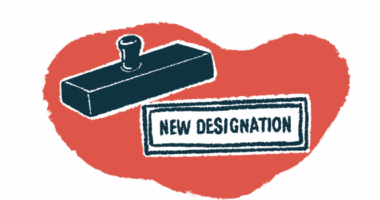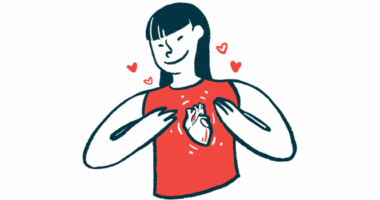Partnership Again Supplies Adaptive Cycling Equipment to FA Patients

A collaborative effort once again will fund a grant program that provides fitness-promoting adaptive cycling equipment to Friedreich’s ataxia (FA) patients.
A partnership of the Friedreich Ataxia Research Alliance (FARA), the Burrows Hill Foundation, Catrike, the Texas Irish Foundation, and UVA Sun Systems continues to support the FARA-affiliated Ataxian Athlete Initiative (AAI), which offers equipment grants to people with ataxia, including FA (the most common inherited ataxia). Eleven grants were provided this year.
“The Burrows Hill Foundation is so grateful to be a part of the important work that the AAI is doing,” Sam Hill, a Foundation representative, said in a press release. “It is very beneficial for Ataxia patients to stay active, and the AAI does a phenomenal job of helping make that possible.”
This year, Burrows Hill Foundation provided more than 60% of program funding.
FA affects the nervous system and muscles, which in turn causes loss of balance and coordination. Exercise is important in managing this condition.
For example, physical therapy in FA aims to prolong the ability to walk, and promote a better quality of life. Such therapy includes exercises for strengthening, stretching, coordination, balance, and cardiovascular conditioning. In a recent study, endurance exercise prevented the onset of symptoms in a mouse model of FA
“The Ataxian Athlete Initiative is one of the highlights of our year,” said Scott Carson of the Texas Irish Foundation. “We are inspired and motivated by the recipients’ stories, and we are proud to provide continued support.”
The program is managed by rideATAXIA, a FARA program that promotes active lifestyles among FA patients through cycling events across the U.S. The hope is that program grantees will begin their own rideATAXIA adventure.
Under AAI, grant applicants submit an essay about their FA journey and their effort to stay active. They then choose the most adaptive cycling equipment for them, and describe how that equipment would help them reach their fitness goals.
Noah Griffith, one of this year’s recipients, said his equipment — a trike — will help him stay in shape. “My disability may change how I stay active, but it can’t stop me from doing so,” he said. “Having a trike means still enjoying physical activity. That is something that when I was diagnosed, I didn’t think I’d do again.”
Since 2009, the AAI has provided equipment for 73 individuals. This year, the equipment included 10 three-wheel recumbent bikes produced by Catrike, and one handcycle, a type of vehicle that is powered by users’ arms and usually has two rear wheels and a steerable front wheel.
“Since 2011, Catrike has supported the AAI at FARA to provide trikes to people living with Ataxia,” said Mark Egeland, Catrike’s general manager. “We are proud to support an initiative that promotes an active lifestyle for people of all abilities.”
More information about the program is available here. The next grant application cycle begins next spring.






